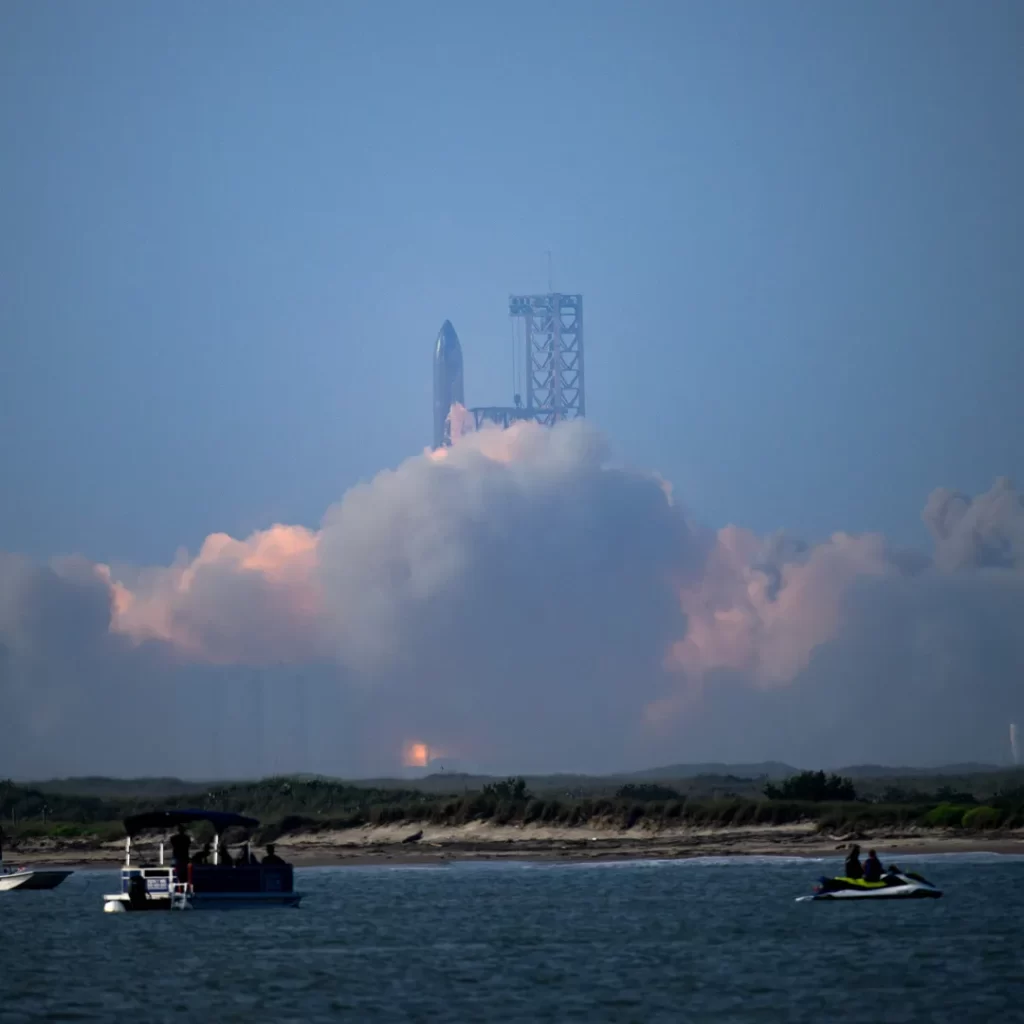SpaceX’s Starship Exploded After Test Launch
In a high-altitude test flight, SpaceX’s Starship recent prototype took off from the company’s launch site in Boca Chica, Texas. The launch was effective in reaching approximately 25 miles in altitude before exploding dramatically in mid-air, causing significant damage to the launch pad and the surrounding area.
The explosion was a setback for SpaceX, which has been diligently developing a reusable spacecraft capable of transporting passengers and cargo to the moon and Mars. However, not only SpaceX was affected by the explosion. According to reports, the damage to the launch pad was significantly worse than anticipated by experts. And local residents are left to cope with the environmental consequences.

The nearly 400-foot-tall, fully-stacked rocket rose majestically from the launch site, reached an altitude of approximately 25 miles four minutes after launch, and then exploded dramatically. Experts speculate that the detonation may have been caused by a problem with the rocket’s engines or fuel system, although the cause of the explosion is not yet known.
In addition to the damage to the launch pad, which may have contributed to the failure of some of the rocket’s engines, adjacent residents and environmental activists have raised concerns about environmental damage to the surrounding area. According to reports, the explosion resulted in a “catastrophic” failure of the launch platform, resulting in the erosion of the soil beneath the concrete and the release of large quantities of dust, which reportedly spread several miles away from the launch site.
Long-Lasting Environmental Effects of the Explosion on Boca Chica Residents
The problem with the dust is that it contains a variety of harmful substances, such as heavy metals and other toxins that can be detrimental to humans and the environment. The dust, according to environmental experts, can cause respiratory problems and other health issues, as well as harm to local ecosystems and wildlife.
The failure of the launch platform was “catastrophic,” according to Phil Metzger, a planetary scientist at the University of Central Florida who has conducted research for NASA on launch pads. Metzger stated that the explosion caused extensive damage to the launch pad and adjacent area, which could take months or years to repair.
The explosion is a major setback for SpaceX’s efforts to construct a reusable spacecraft capable of transporting humans and cargo to the moon and Mars. However, it serves as a reminder to the residents of Boca Chica of the potential dangers of missile launches and the need for adequate safety and environmental protection.
In conclusion, the explosion of SpaceX’s Starship has caused extensive damage to the launch pad and adjacent area, with potential long-term environmental effects. While the cause of the detonation is still being investigated, this incident highlights the need for adequate safety measures and environmental safeguards in the space industry.


